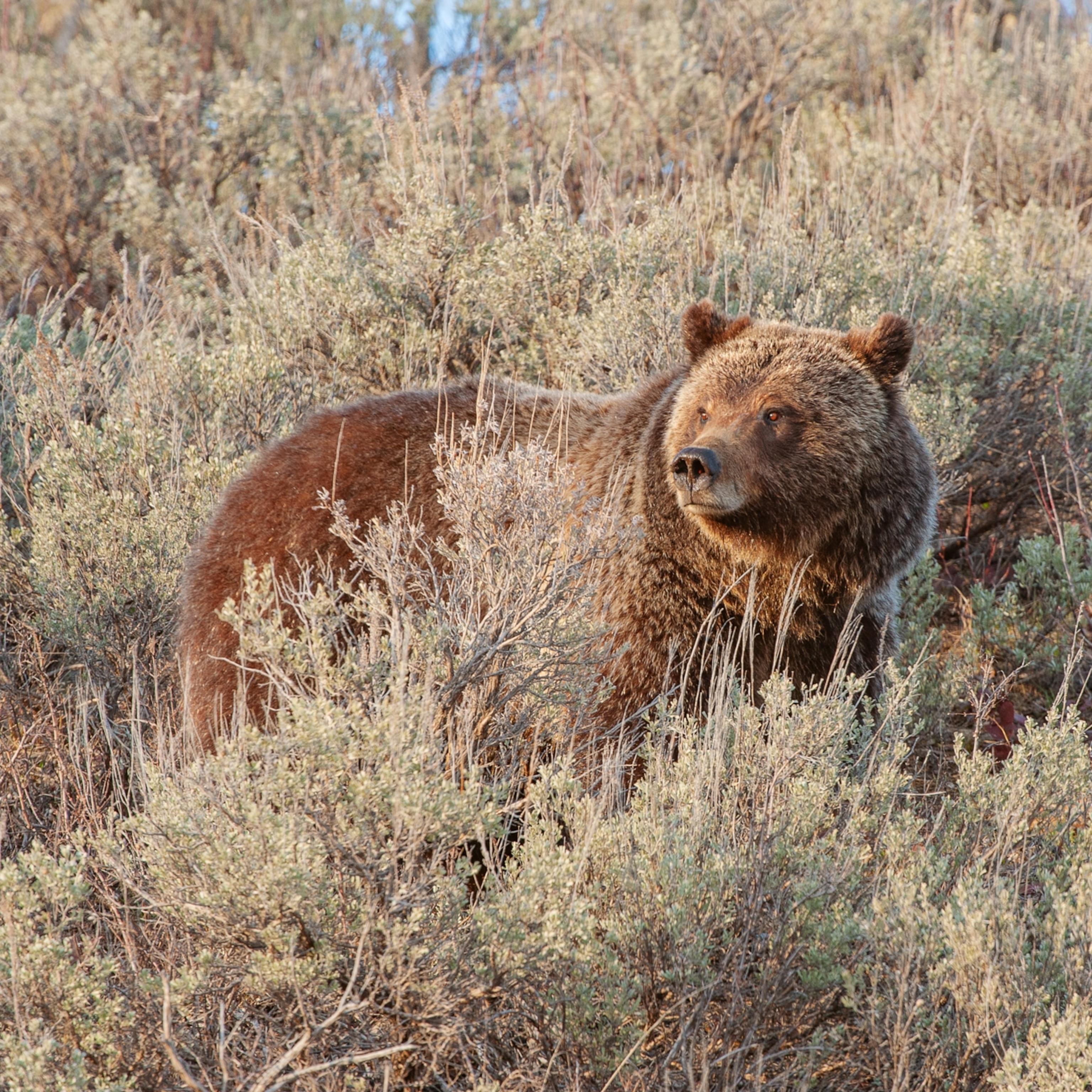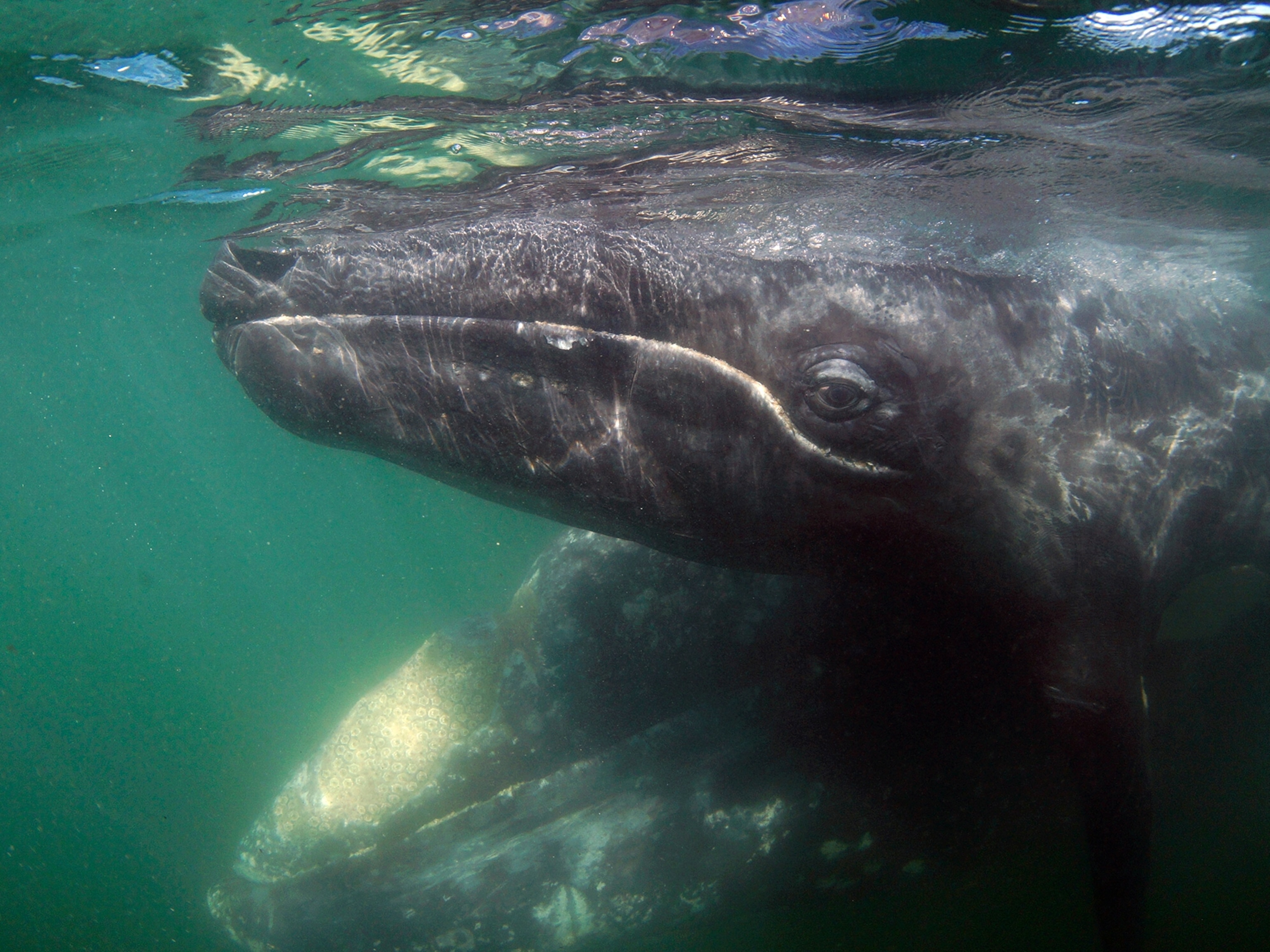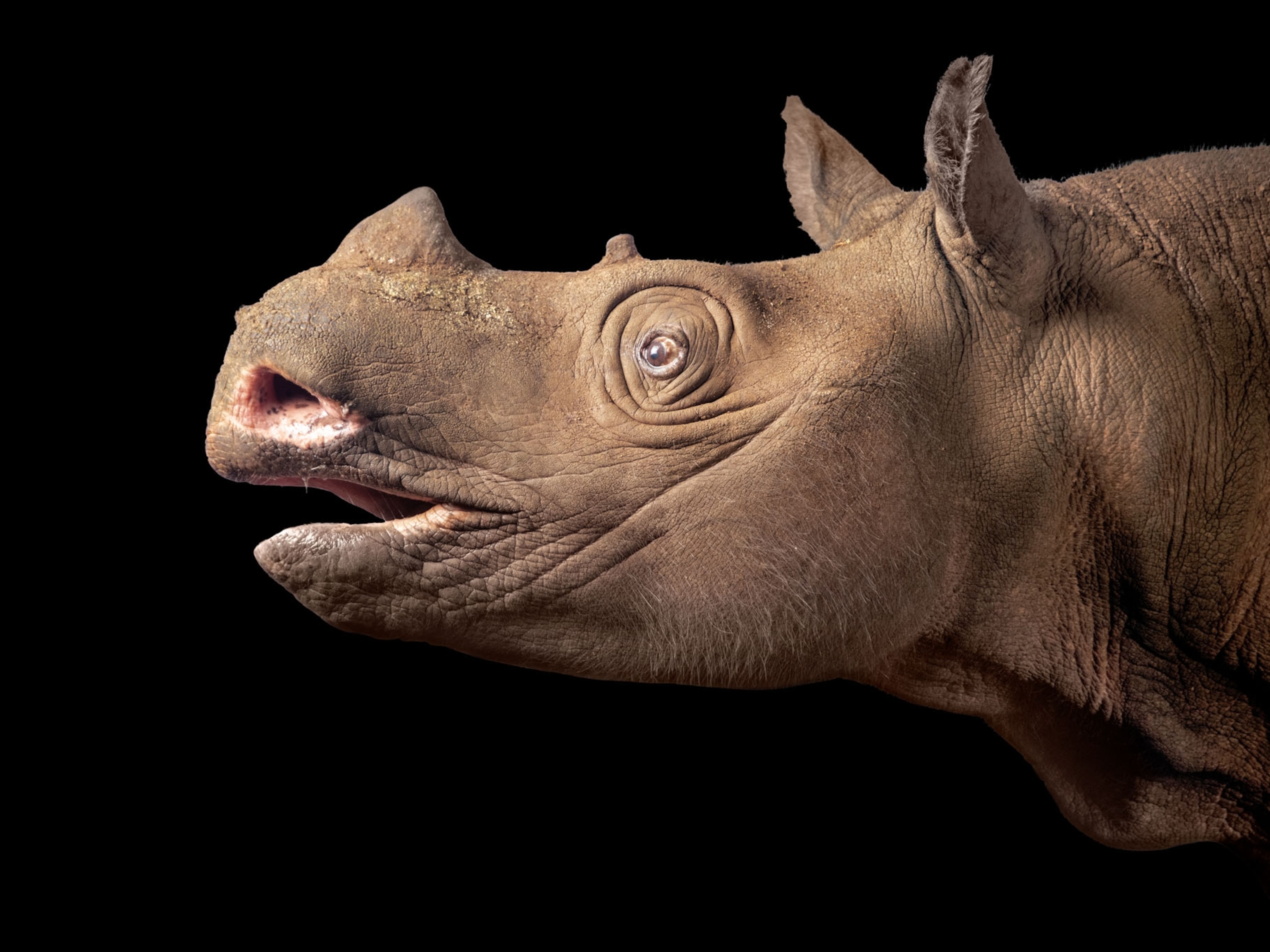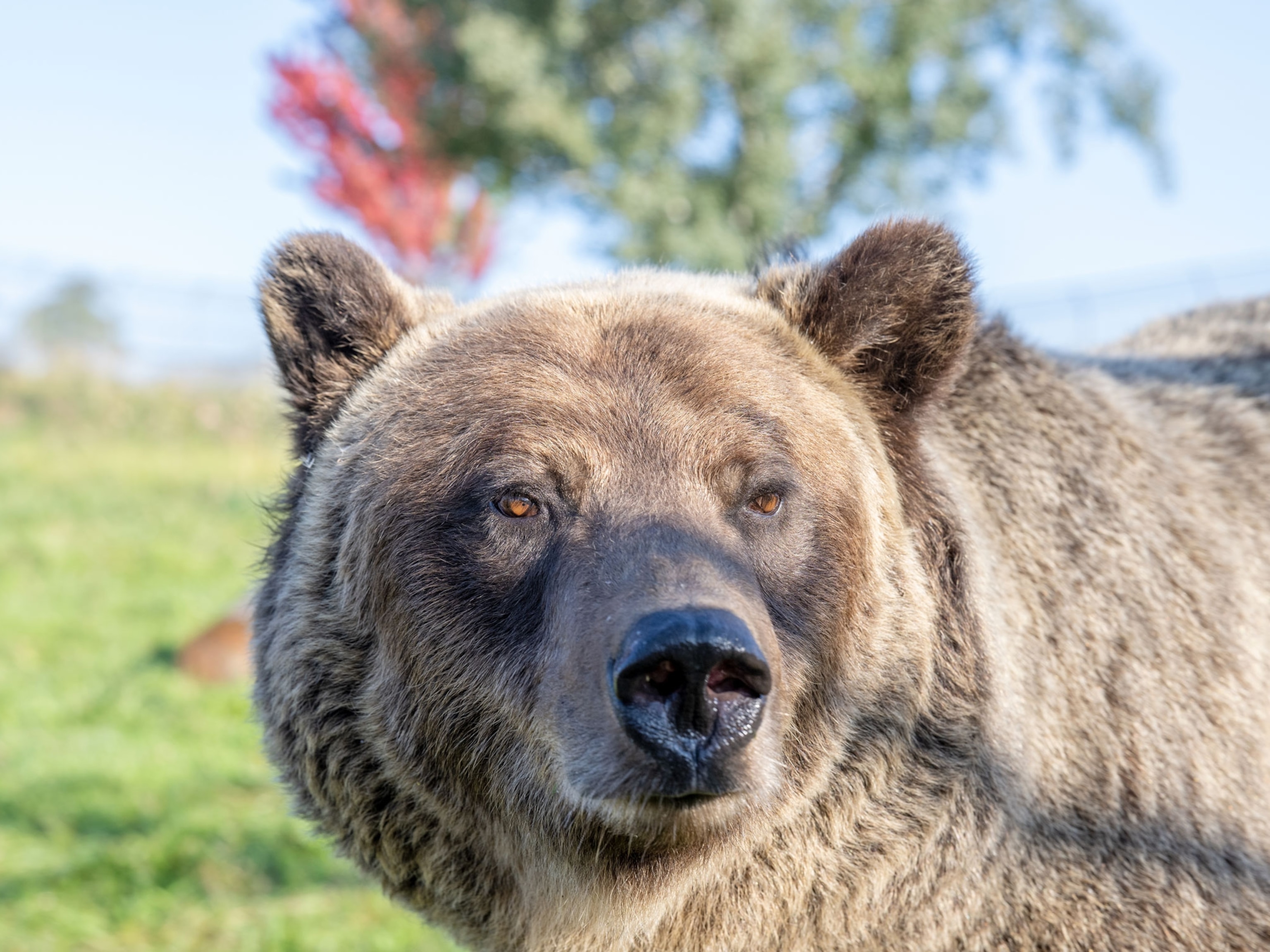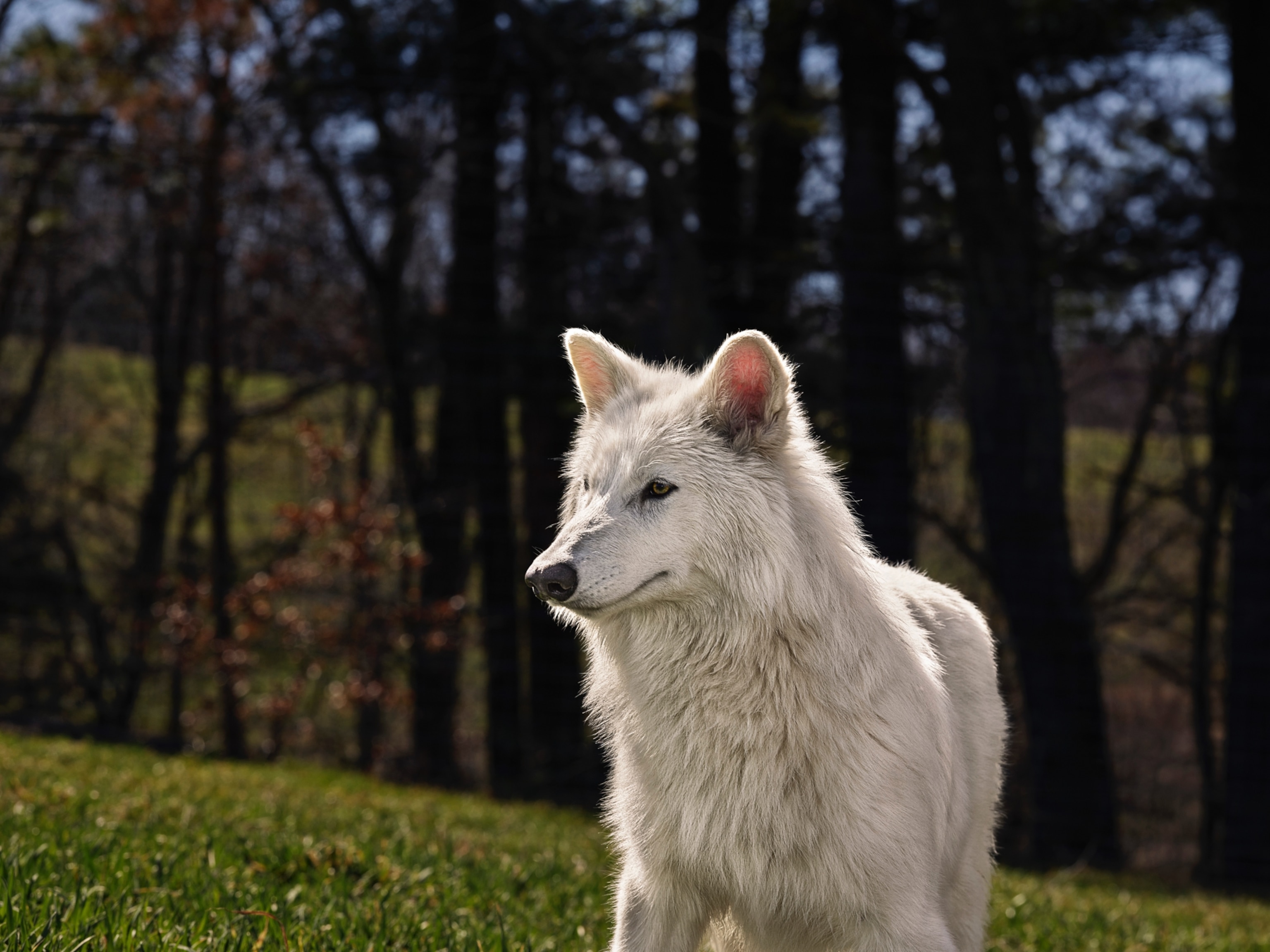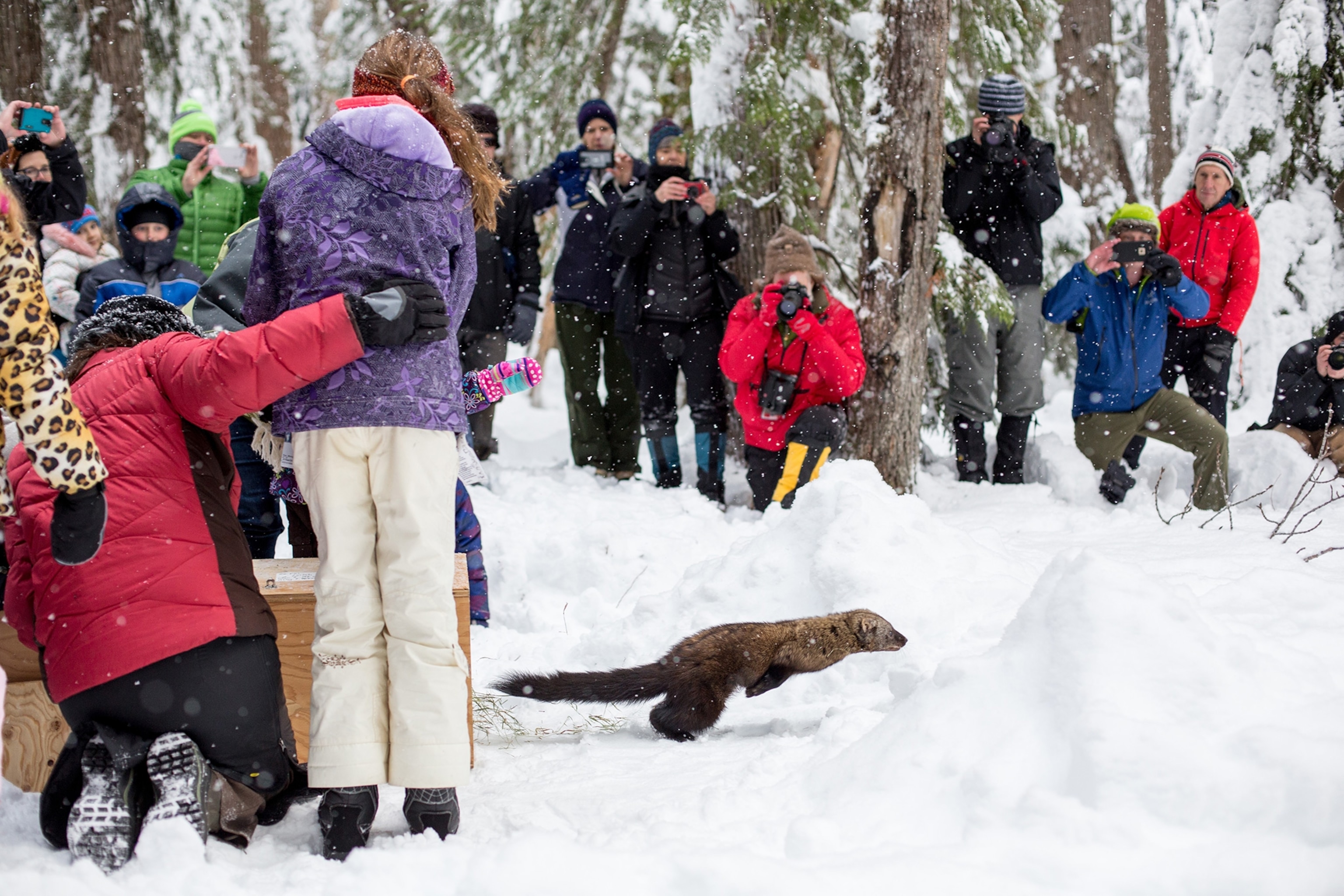
Washington has all its carnivores back with return of this furry predator
It's been a hundred years since the weasel-like fisher, grizzly bears, gray wolves, and other predators have shared their historical range.
Darrington, Wash. — When the door of the wood box slid open, a hefty male fisher named Niffler poked his nose out. Then he took off, gliding like a cat across the damp, mossy earth and into the woods. Next, Niffler’s travel companions, Kendra, Neville, and Katie, were released, each undulating gracefully over fallen branches and logs. Their lush, thick, fur is obvious even as they zoom by at a run.
Fierce and lithe, these long-tailed carnivores are native to Canada and the United States, but fur trapping in the early 20th century caused their numbers to plummet. In Washington State, they were wiped out entirely.
Niffler, Kendra, Neville, and Katie—all named after characters from the Harry Potter universe—are the last fishers to be released into Washington State’s North Cascades National Park.
This fisher reintroduction, which began in Washington in 2008, is bigger than one species. It returns the original complement of mammal carnivores that existed before European colonization back to the state. This includes black bears, wolverines, and lynx, which managed to survived across the centuries; wolves, which began to return on their own in the late 1990s (with local pups documented in 2008); fishers; and grizzly bears, whose numbers are low—but with a little help, their full recovery is feasible. Conservationists are celebrating this victory as proof that the decades-long work of conservation and restoration of native animals can beat back species loss, even in the middle of a global biodiversity crisis. This isn’t just more animals for the animals’ sake—the more biodiverse an ecosystem is, the more resilient it can be.

“We’re looking at who-knows-how-many unquantified effects of climate change on the ecosystem—whether it’s fire frequency, or berry production, or any number of things that will have big rippling effects across communities of wildlife,” says Jason Ransom, the lead wildlife biologist for North Cascades National Park. “If you have more species, you have a better chance of keeping the ecosystem functioning and intact.”
North Cascades National Park is one of the largest untrammeled ecosystems in the U.S., and along with Mount Rainier and Olympic National Parks, also in Washington, offer the space, resources, and protection that large carnivores need to succeed, Ransom says.
Back with a little help from their friends
By the time fishers received legal protections from overhunting in 1934, they had disappeared from many states entirely. On the East Coast, logging companies began reintroducing them in the 1950s for a business reason—fishers eat porcupines, which eat seedling trees. (Learn more about fisher expansion on the East Coast.)
In the Rockies, successful reintroductions took place in the 1960s, ‘70s, and ‘80s.
It’s been slower in the West, however. “The West Coast has more carnivores than the East Coast because it was less heavily developed,” says Mitchell Parsons, a wildlife ecologist who wrote his doctoral thesis on fishers. They’re hunters themselves, but they’re also prey—to bobcats, coyotes, and wolves.
Parsons also says that the West Coast’s comparatively fewer hardwood trees, which mature faster, may have contributed to slower fisher reproduction in the West, as fishers like to nest in old tree cavities.
In Washington state, some 260 fishers have been reintroduced since 2008. So far so good—the fishers have been surviving and reproducing: “The ecosystem’s here, the food’s here, there’s plenty of room for them,” Ransom says.
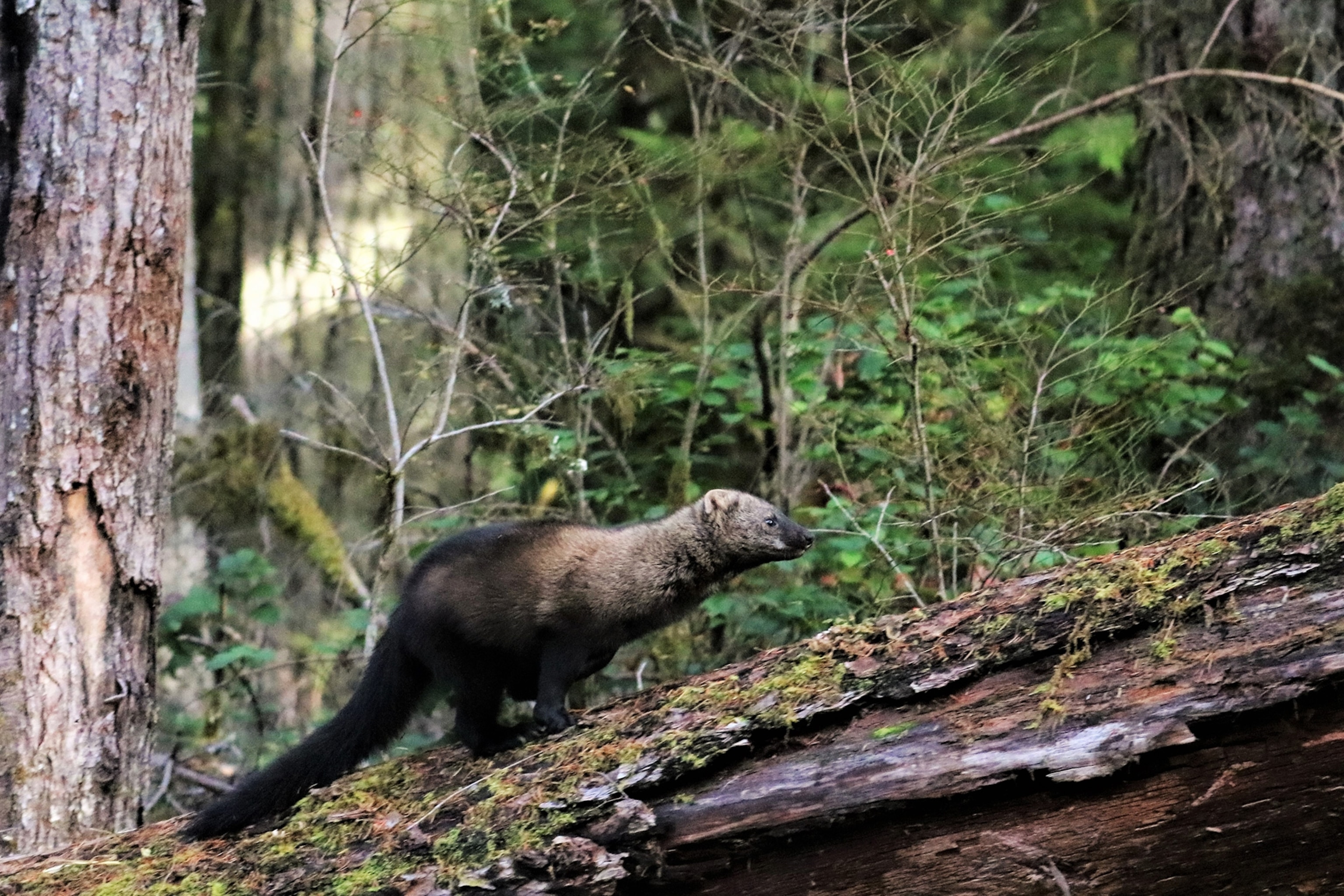
Federal and state government agencies, Native American tribes, and nonprofits, such as the Seattle-based Conservation Northwest, have come together to ensure success, says Tara Chestnut, an ecologist with Mount Rainier National Park.
The national parks also worked with the Canadian provinces of British Columbia and Alberta, and the First Nations tribes there, to capture and transport healthy young fishers. “We were able to facilitate connection and ceremony with some of the local tribes—the Nisqually tribe in particular—so the First Nations could transfer stewardship of their fisher brethren to the local tribal entities,” Chestnut says.
In Washington, the Yakama Nation shares a 48-mile-long border with the Gifford Pinchot National Forest, which abuts Mount Rainier National Park. Mark Neutzmann, a wildlife biologist for the Yakama Nation, says they support the return of the fishers and are committed ensuring the safety of any pregnant fishers that may end up on the reservation.
“We’d have a buffer around that den, with no harvest and no logging activity during the denning season,” Neutzmann says. For the Yakama, fishers, wolves, and grizzly bears are culturally significant.
Survival of the fiercest
Just because native carnivores are back doesn’t mean they’re completely safe. The absence of wolves and fishers for so long, for example, left an open niche for coyotes, who have proliferated and moved into territories new to them. Endemic Cascade red foxes, which once occurred throughout Washington’s Cascade Mountains, are now virtually unknown in the North Cascades ecosystem, according to Jocelyn Akins, director of the Cascades Carnivore Project, who is studying whether the foxes are being outcompeted by coyotes. (Read more about how coyotes have expanded their range to 49 states—and show no signs of stopping.)
The status of other carnivores is also unknown. “Wolverine abundance has not been estimated, but it is low,” Akins says. Nor is it entirely clear how many grizzly bears live in the state—maybe 10, maybe fewer. There’s a grizzly restoration program proposal working its way through the approvals process right now, and about 80 percent of Washington voters say they support bringing more grizzlies back to the landscape, which could accommodate about 200.
Gray wolves, for their part, have had a remarkable self-reintroduction. After being eradicated from the state by the 1930s, there are now 126 wolves in 27 packs, including 15 successful breeding pairs, according to the most recent data from the Washington Department of Fish and Wildlife.
Precisely how all these animals will interact isn’t yet known.
“We may have a carnivore dynamics shift,” says Chestnut, with populations of previously absent animals rebalancing the ecosystem in different ways. “Grizzlies and wolves were both widespread in the entire U.S., so removing them had remarkable impact on the landscape, from [affecting] the behavior of their prey to [changing] how vegetation grows.”
One important advantage is that the full suite of carnivores will likely bring greater resiliency to random wildlife disease events like parvo and distemper, she says. And having a wider variety of species is certainly a benefit for the region.
“Diversity brings the strength to survive and thrive through uncertain futures,” Ransom says.
Researchers are keeping a close eye on how these animals will influence the temperate rainforest, alpine, prairie, and other Washington ecosystems that haven’t seen this mix of animals in decades. This science will then inform restoration work for coming generations, Chestnut says.

